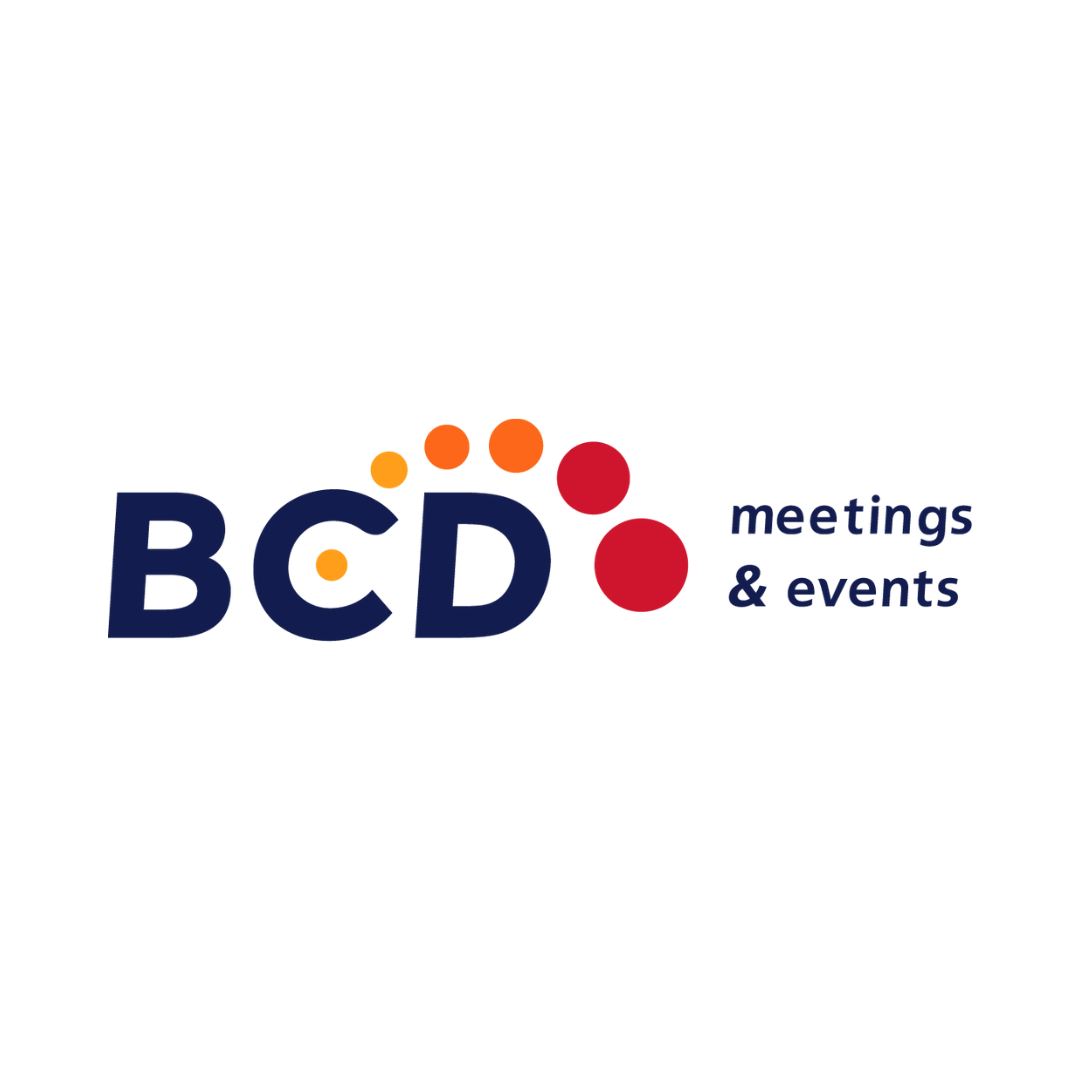Event marketing is essential in order to engage your audience before, during and after your event. One way to do this is through a robust content strategy. The content you create during your event should be a continuation of the attendee journey. It involves thinking back to your fundamental questions—what behaviors do you want to change? What do you want people to walk away from your event doing?—and planning accordingly (learn more about creating a pre-event strategy). At this stage, it’s critical you stay true to the goals you laid out in your original content strategy. You don’t want to dive off into segments that could dilute that story.
Creating an on-site content strategy
The Role of Technology
Great strides in meetings and events technology have enabled participants to voice how they’re thinking and feeling in real time, and subsequently, allowed event stakeholders to measure those things. Through tools such as live surveys, polling, heat mapping and RFID tracking, you can create a personal connection with an attendee while also collecting valuable data. It doesn’t have to be done in a “spray and pray” method, either; for example, you may push a different set of questions to groups in breakout A and breakout B to obtain different outcomes.
As helpful as technology is when it comes to content strategy, however, it isn’t everything. If you don’t have the budget to incorporate all the latest tools, consider ways to create “micromoments” with participants that aren’t technology driven. For example, while you can purchase technologies to manage one-on-one meetings between attendees, you can also simply field requests for meetings and organize them in an Excel spreadsheet, and the value for participants will likely be just as high.
Read more on Why Content is Important in Event Marketing
Engaging without Distracting
Content isn’t only about physical content, such as app notifications or PowerPoint presentations. It also includes information that participants receive through conversations with your sales team, with influencers, with other attendees—and all of those pieces collectively form the puzzle that leaves people walking away with the behavioral changes you intended. As an event planner, your role is to create content that lives within those points on the attendee journey.
At the end of the day, attendees should not even be aware that they’re receiving content during your event. As we like to say, if you have to hire the Goodyear Blimp to get your message across, you’ve probably already missed the mark somewhere along the way.
Read our next article to learn about creating a content strategy post-event.
Visit our Creative & Engagement page to learn more about Event Marketing.
Originally published Jun 18, 2019 7:05:00 AM
Last updated on Dec 9, 2022 10:30:08 AM

